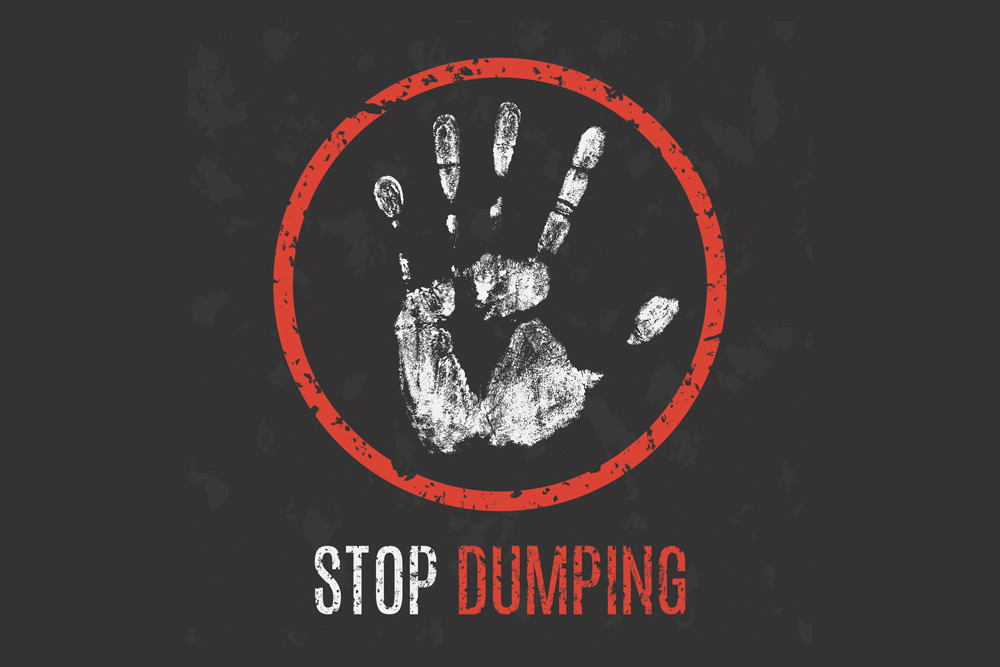
The term Legal Risk Management is self-explanatory; however, it continues to remain a rather uncharted practice area in Nepal. There are many reasons for that, one being the perception that lawyers are only needed at the time of firefighting. Although business decisions are best left to the management, however, it is incumbent upon them to take decisions with reasonable care. This duty of the management is also enshrined in the Company Law of Nepal. The term reasonable is understood to mean what a simple person of reason who understands to be reasonable. For example, taking the advice of professionals in relation to technical matters. For a decision to be reasonable, it is important to look at it holistically. This includes looking at it from the perspective of enforceability, compliance with the law, and the possibility of other legal risks.
What is a Legal Risk?
This is the risk associated with how business decisions play out in relation to the law. It is not as simple as understanding whether something is illegal or not. One must also seek to be within the bounds of the government regulation on the market. Not conducting Legal Risk Management can lead to loss of business and market reputation, the company taking on heavy liabilities in the form of compensation or penalties to be paid, and in some cases even criminal prosecution of the officers of the company.
There are three types of Legal Risk:
- Corporate and Contract Risks
- Litigation Risks
- Regulatory Risks
Corporate and Contract Risks arise when business operations are undertaken, or contracts are drafted without adequate risk assessment and allocation. Risk assessment and allocation require fore-thought in relation to legal realties.
Litigation Risks are of three kinds – corporate litigation (arising out of operations), contract litigation (involving recovery of amount and/or specific performance of contract) or prosecution for criminal liability. Risks associated with corporate and contract litigation can be mitigated by having internal compliance check-lists and providing for adequate recourse mechanisms in the contract itself. Prosecution risks can be mitigated by conducting your business strictly within the confines of the law and undertaking business decisions by applying reasonable care.
Regulatory Risks arise when businesses or transactions do not adhere to the compliance requirements of the law. Example, if you are conducting your business without proper registration then not only would you have to shut down your business completely or till compliance is achieved, but also pay penalties. Regulatory risks can also arise when courts or regulatory authorities interpret the law differently from market practice. As such, it is imperative to continuously seek advice from legal practitioners who are up-to-date in relation to interpretations of the courts and other authorities.
How to conduct Legal Risk Management?
It is important to seek assistance from experts in this field not just at the time of facing the legal risk but also at the time of planning business moves. The key here is to analyse, plan and mitigate.
This is done in the following manner:
a) Compliance Check – This is done both on the business, and on individual transactions. A check is done of the business, not just at the time of acquisition, but also as a matter of course. For simple understanding, this is like doing a regular checkup of our business’s legal health. Transaction checks are done before, during and after entering into transactions. A check before and while concluding the transaction is important as it allows one to take reasonable business decisions, as mandated by the law. A check after the conclusion of the transaction will help you navigate the processes of the transactions from the perspective of avoiding litigation risk. Further, having a compliance check list can help businesses avoid unannounced risks. This brings us to risk allocation.
b) Risk Allocation – This is done in relation to business operations and transactions through planning of business operations, and negotiations and drafting of contracts. It is important to identify legal risks arising out any business operation or transaction, and adequately provide for or negotiate risk allocation. It is also important to draft contracts that do not lead to varying legal interpretations under the law.
c) Business Practices – From the above it is clear that businesses cannot function in a vacuum, and that they need to be aware of the regulatory system in which they function. A simple environmental impact assessment can be the difference between your industry operating or being shut for months causing a severe loss in business, revenue, and reputation. Thus, it is important to have legal risk management be a part of your business practices. Any managerial decision may be the difference between a successful business and one that is riddled with legal problems, and as such, before finalising a managerial decision, it is important to take adequate professional assistance.
d) Insurance – In many countries, there exist Directors and Officers Liability Insurance. This protects the company from legal risks arising from the functions of the directors and officers of the company. A company may also take out policies to protect its directors and officers to have competitive recruiting advantage over its competitors. At present, such types of insurance are yet to authorised by the Insurance Authority. ![]()





